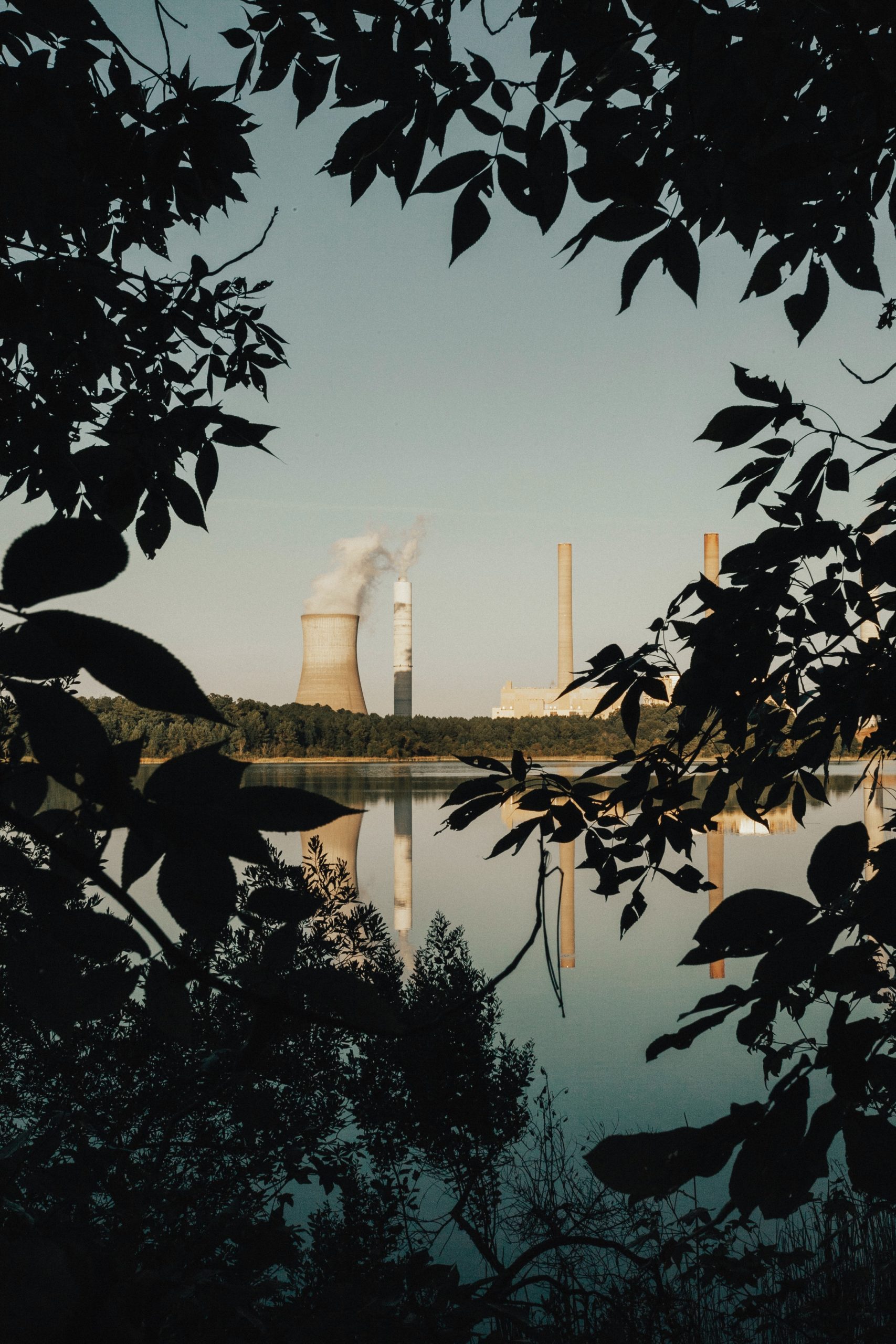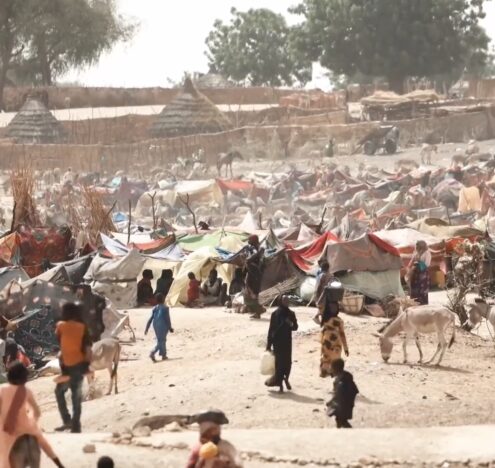The official Soviet account of the number of human lives lost as a result of the nuclear disaster at Chernobyl in April 1986 was 31.
Only 31 documented casualties.
Only 31 lives accounted for.
Not the 600,000 men conscripted to serve in the Exclusion Zone. Not the 400 miners who worked tirelessly to prevent a nuclear catastrophe. Not the first responders who arrived at the scene for what they thought was merely a fire, nor the scientists, managers, assistants, and others who worked around the clock being exposed to hazardous radiation that permanently disrupted their DNA structure. And certainly not the heroic first responders who climbed onto the roof of the exploded core to clear it of graphite, signing their death warrant by being exposed to lethal radiation that cut their life expectancy by half, as documented in the award-winning series, “Chernobyl.”
Chernobyl may have been the result of complete negligence, gross incompetence, and human error. But it was also the result of the Soviet Union’s attempt to preserve the perceived supremacy of its nuclear industry and its hegemony regardless of the human cost. The United States is in a similar situation now. Although the technology designed to safeguard nuclear facilities has certainly improved following the nuclear catastrophe at Chernobyl, the surge in the nuclear development budgets and increase of national nuclear labs and power plants all across the United States increases the likelihood of Chernobyl-like accidents.
Is nuclearization worth the risk? And what are the real costs of nuclearization?
AMERICA THE VULNERABLE
According to the Nuclear Regulatory Commission (NRC) — which is responsible for overseeing US commercial nuclear power plants — the United States has 97 licensed nuclear power reactors, and the majority of these power reactors are located in the midwest, south, and the east coast. How do these nuclear power plants and reactors impact human lives? Los Alamos National Laboratories (LANL) in Los Alamos, New Mexico, is a good example of a community that has been negatively impacted by a nuclear power plant. And the negative repercussions include both economic and adverse health effects.
LANL employs 13,137 people, and 45% are minorities. A closer inspection, however, shows that Black, Hispanic, and Indigenous communities are tasked with low paying non-management jobs, while white citizens are tasked with high paying managerial positions. All employees are encouraged to wear their radiation badge monitors underneath their coveralls to detect the density of radiation, and potentially protect themselves from dangerous exposure. Yet, by 2018, LANL employees had experienced at least 22 different kinds of cancers. Despite this troubling statistic, almost none of the $2.2 billion dollars that are diverted toward the maintenance and preservation of LANL addresses the local communities’ health concerns. This disconnect between the maintenance of the nuclear industry and the needs of the communities that house these nuclear power plants is making America vulnerable in ways that are troubling — and often difficult to recognize.
A bloated budget for nuclear weapons simultaneously diverts funds away from the necessary activity of strengthening nuclear waste disposal methods and from the social welfare system, impacting affordable housing, education, and rehabilitation — basically putting more obstacles in the way of equitable development and social justice.
There are several ways in which America can make itself less vulnerable to nuclear accidents. One example is to properly dispose of nuclear water with utmost care, precaution, and security in a way that safeguards human lives and preserves the environment. Proper nuclear waste disposal entails creating and maintaining well contained and managed disposal facilities, diluting concentrated waste products safely, and permanently burying radioactive material. The NRC has long been aware of the urgent need to improve the methods of nuclear waste disposal. In 2014, the NRC largely agreed with the recommendations made by the Government Accountability Office that included the aggressive monitoring of nuclear power plants — and also called on the NRC to make information related to nuclear power plants’ safety culture more easily available to the American public.
Unfortunately, regardless of how well these measures are carried out, its disposal creates varying degrees of environmental degradation that has both direct and indirect impact on human lives. Nuclear waste is always susceptible to spillovers that poison groundwaters, rivers, and soil. On January 4, 1986, a leak at Sequoyah Fuels Corporation in Gore, Oklahoma resulted in the contents of a 14-ton UF6 tank being released into the atmosphere, which killed one and injured eight individuals. Testing later showed high levels of uranium in the urine of cattle grazing as far as 10 miles away from the site, indicating high levels of radiation in the atmosphere. In fact, multiple safety violations had occurred in the facility, including massive oversights, poor management, and irregular safety inspections.
SETTING THE RIGHT PRIORITIES
People are no longer the “ends” to national security that seeks to protect its citizens from threats and crises. Rather, they become the “means” to be able to maintain a perception of nuclear power. The Trump administration’s FY2021 budget requested a staggering $46 billion for nuclear weapons programs. The NRC’s budget, on the other hand, is $863.4 million for FY2021, a decrease of $4.5 million when compared to FY2020’s budget.
A bloated budget for nuclear weapons simultaneously diverts funds away from the necessary activity of strengthening nuclear waste disposal methods and from the social welfare system, impacting affordable housing, education, and rehabilitation — basically putting more obstacles in the way of equitable development and social justice. A high defense budget also diverts funding from environmental preservation policies, which are essential, especially for those communities that host nuclear power plants and laboratories.
The accident in Chernobyl in 1986 demonstrated the high human and environmental cost of error. While nuclear power plants may be more secure than they were in 1986, no safeguards are accident-free. This is not to discourage the development of alternative energy sources like nuclear power. Rather, it is to direct attention to the broader fallout and ramifications of potential errors of nuclearization. The risk of exposing the public and environment comes at a great cost and its expense outweighs alternative areas within civil society that require it more urgently.
Saima Mashori is an undergraduate majoring in International Relations and Religious Studies at Hobart and William Smith Colleges.





















